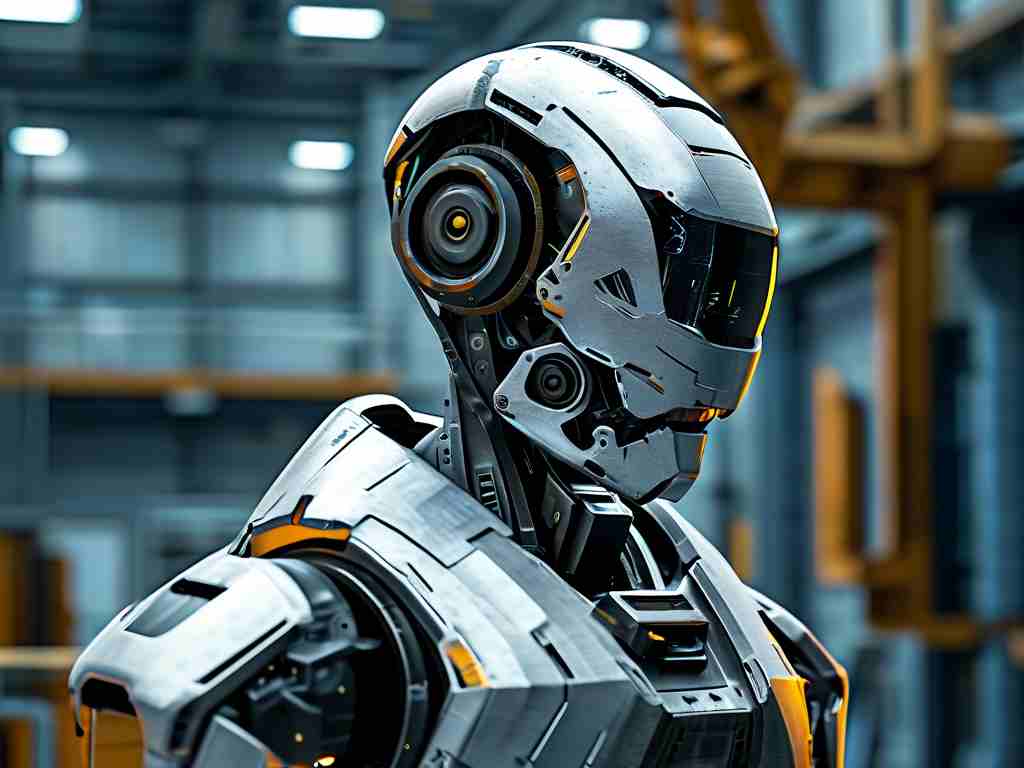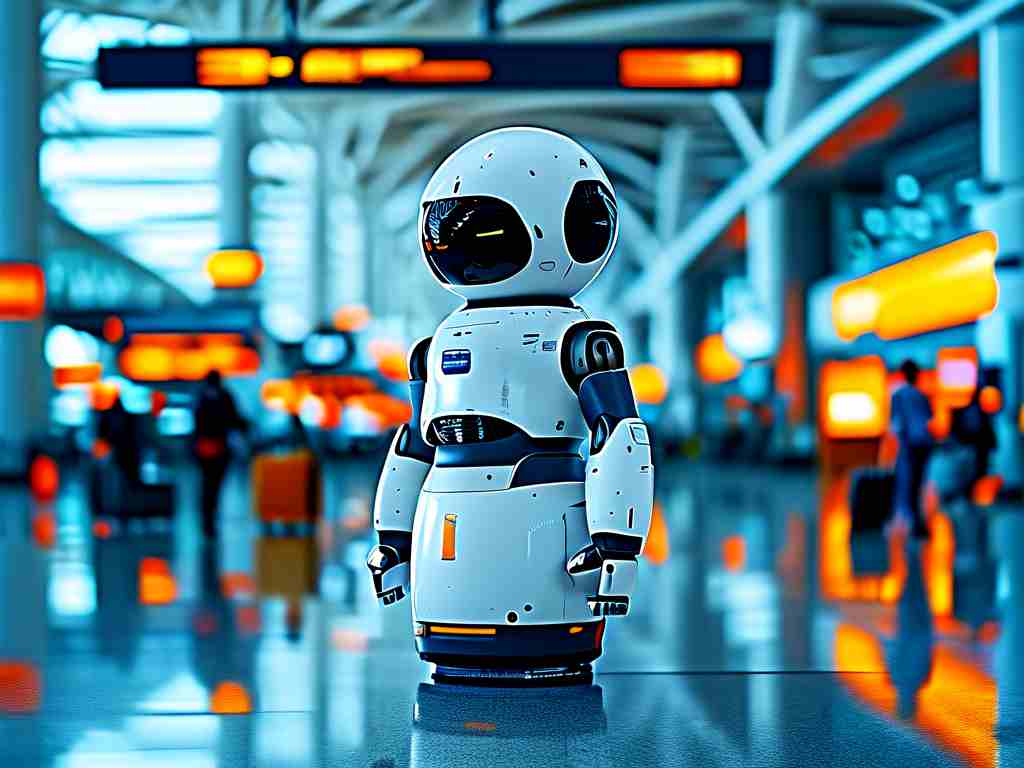The textile manufacturing sector has entered a transformative era with groundbreaking advancements in robotic sewing systems. For decades, manual stitching processes dominated garment production, but recent developments in machine learning, tactile sensors, and adaptive control algorithms are reshaping factory floors worldwide. This article explores how next-generation sewing robots overcome historical limitations while creating new opportunities for sustainable manufacturing.

At the core of this technological leap lies the integration of computer vision with micro-tension control mechanisms. Traditional automated sewing machines struggled with fabric slippage and variable material thickness, particularly when handling delicate textiles like silk or technical fabrics with layered compositions. Modern systems now employ multi-spectral imaging cameras that analyze weave patterns at 240 frames per second, enabling real-time adjustments to needle positioning with 0.02mm precision. This optical precision, combined with electrostatic fabric stabilizers, allows consistent stitching on materials ranging from gauzy chiffon to reinforced carbon fiber composites.
Perhaps the most significant advancement emerges in collaborative robotics (cobots) designed for hybrid production environments. Unlike conventional industrial robots requiring safety cages, these compact sewing cobots feature force-limited actuators and proximity awareness systems. At a Shanghai-based smart factory trial, UR5 robotic arms equipped with specialized sewing end-effectors demonstrated the ability to work alongside human operators, handling complex tasks like sleeve attachment while workers focused on quality inspection. This human-robot collaboration reduced production errors by 37% compared to fully automated lines.
Material handling represents another frontier conquered by next-gen systems. Researchers at MIT’s Fabric Science Lab recently unveiled a pneumatic gripper array capable of manipulating multiple fabric layers without causing distortion. By simulating human finger movements through sequenced air pressure modulation, these grippers achieve unprecedented dexterity in tasks like collar folding and pleat formation. When paired with AI-powered pattern recognition software, the system can autonomously adjust handling techniques for different fabric types – a capability demonstrated during a live demonstration with 43 textile varieties.
Energy efficiency metrics reveal equally impressive progress. The latest generation of sewing robots consumes 62% less power than models from five years ago, achieved through regenerative braking systems and optimized servo motor configurations. A case study at a denim manufacturing plant in Bangladesh showed how upgraded robotic sewing cells reduced annual electricity costs by $28,000 per production line while maintaining 98.6% operational uptime.
Despite these achievements, challenges persist in implementing robotic sewing at scale. Small-batch customization remains computationally intensive, though neural network advancements show promise. A Tokyo-based startup recently deployed GAN (Generative Adversarial Network) algorithms to predict optimal stitch paths for bespoke garment patterns, reducing programming time from hours to minutes. Early adopters in Europe’s luxury fashion sector report 15% faster turnaround times for made-to-order products using this AI-assisted approach.
Environmental implications add another layer of significance. Precision robotic stitching minimizes material waste through optimized pattern nesting – a critical factor as the industry faces pressure to adopt circular economy principles. During trials at an Adidas innovation center, robotic sewing systems achieved 11% fabric utilization improvements compared to manual methods when producing athletic footwear uppers.
The workforce development aspect sparks crucial discussions. While some fear job displacement, industry surveys indicate 68% of textile engineers believe robotic automation will create higher-skilled positions in maintenance, programming, and quality assurance. Vocational training programs in India’s Gujarat region have already begun certifying “automation technicians for smart textiles,” combining traditional tailoring knowledge with robotics troubleshooting skills.
Looking ahead, the convergence of 5G connectivity and edge computing promises to elevate robotic sewing systems further. Real-time data exchange between distributed manufacturing nodes could enable synchronized production flows across global supply chains. Pilot projects using blockchain-integrated robotic systems demonstrate traceability improvements, with each stitched garment component carrying encrypted production histories.
From fast fashion to aerospace upholstery, the implications of robotic sewing advancements ripple across industries. As these systems achieve human-level dexterity while surpassing manual capabilities in speed and consistency, they redefine what’s possible in textile manufacturing. The challenge now lies in ethical implementation – ensuring these technological marvels enhance rather than exploit, and innovate without discarding the human craftsmanship that shaped the industry’s legacy.









